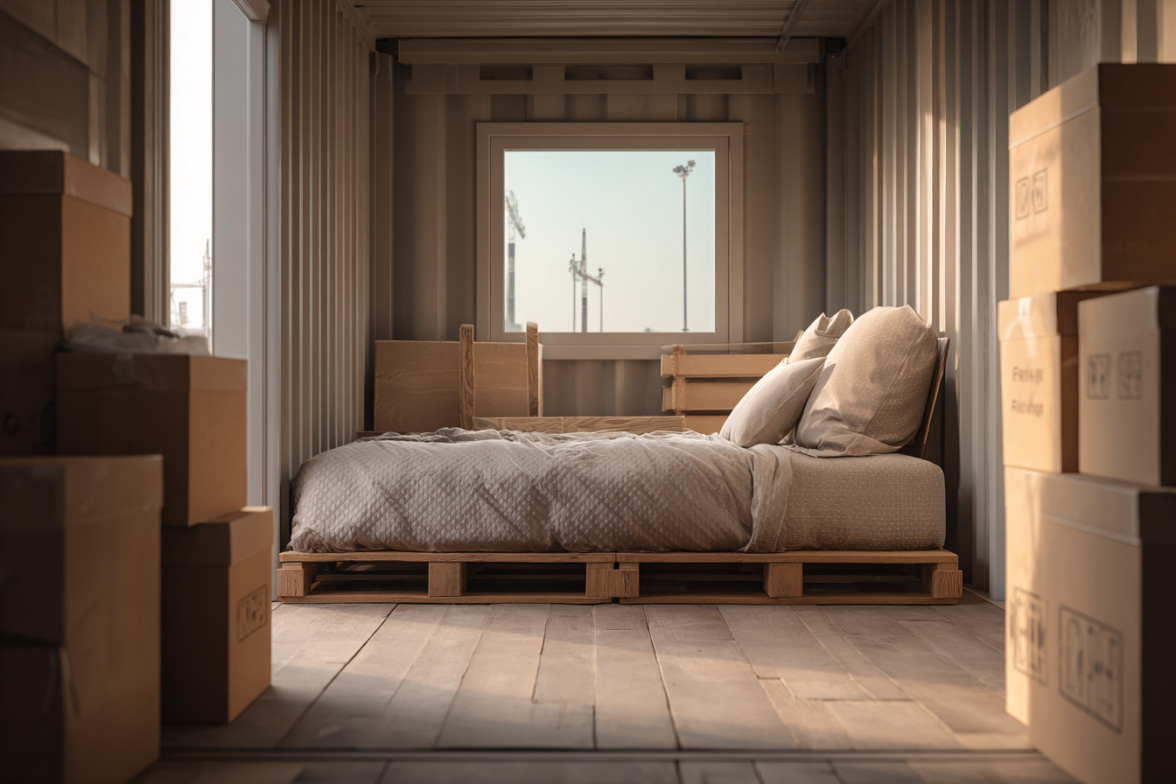The Best Storage Ideas for Hobby Equipment

If you’ve got a hobby, chances are you’ve got gear. Whether it’s canvases and paints, bike tools, fishing rods, or model kits, hobby equipment has a way of building up fast. And while it’s great to have everything you need within reach, it’s not always easy to keep it organised, especially when space is tight at home, in this instance you may need extra storage.
That’s where smart storage comes in. With the right setup, you can keep your hobby gear safe, easy to access, and in good condition—without taking over your living room or stuffing it all under the bed.
Here’s how to store your hobby equipment the right way, including when it makes sense to use a storage unit.
Sort your gear by type and how often you use it
Before you start packing things away, take a bit of time to go through what you’ve got. If you’re into something like crafting, it’s easy to end up with duplicates or things you never use. The trick is to group items by how often you reach for them. Keep everyday tools close by and store the rest more securely.
Use boxes or trays to keep similar items together. For example, if you’re into model building, you can keep paints and brushes in one container, glues and tools in another, and unfinished models in their own space. The less rummaging you need to do, the more time you get to enjoy your hobby.
Use clear storage boxes where possible
For most hobbies, visibility helps. Being able to see what’s inside your containers saves time and keeps everything feeling more organised. Clear plastic boxes are great for this. Stackable options work well in small spaces, and many come with clips or lids to keep dust out.
Label everything clearly, even if the box is transparent. If you’re storing things like cables, sewing thread, camera parts, or small accessories, using smaller divider boxes inside the main container can stop everything from mixing together.
Protect delicate or valuable items properly
Some hobbies come with fragile gear. Whether it’s musical instruments, fishing reels, lenses, or specialist tools, you want to keep these safe from damage or dust. For anything delicate, use padded bags, foam inserts or custom cases.
Wrap anything that’s sensitive to temperature changes or humidity. That includes wooden items, electronics, and paper-based materials like sheet music or sketchbooks. Silica gel packs can help absorb moisture if you’re storing items long-term.
Make the most of vertical space
If you’re storing hobby gear at home, vertical storage is your best friend. Shelving units, pegboards, wall hooks, and over-door organisers all help lift things off the floor and keep your workspace tidy.
For example, cyclists can hang their bikes on wall mounts and use pegboards for tools. Artists can store canvases upright in a rack and use shelves for paints and sketchbooks. If you’re into sports or climbing, over-door hooks are ideal for bags, helmets, and harnesses.
Pack seasonal gear away until you need it
Some hobbies are seasonal. Maybe you fish in the summer, ski in the winter, or camp during the warmer months. When your gear isn’t in use, pack it away so it’s not taking up space you need now.
Use large containers for bulky items like tents or snow boots and label them clearly. Store them in a garage, loft, or better yet, a storage unit. Keeping seasonal gear out of the way until you need it helps free up room for whatever you’re working on now.
Use a storage unit to free up space at home
If your hobby has outgrown your home, or you just want to stop tripping over your gear, a storage unit can be a game-changer. It gives you the space to store things properly and safely, without cluttering your house or garage.
This is ideal if you’re into things like cycling, camping, motorsports, or cosplay—anything with bulky or awkward equipment. You can pack everything into a unit and still access it easily when you need it. Some people even use small units as hobby workshops or prep spaces, as long as the facility allows it.
When using a storage unit, make sure your items are packed well. Use shelving to keep gear off the floor and group items in a way that makes it easy to grab what you need. Storage units with 24 hour access are especially useful if your hobby involves early starts or late nights.
Think ahead when packing hobby gear for storage
Even if you’re not storing things long-term, it pays to think ahead. Avoid throwing everything into a few boxes and hoping for the best. If you ever need to grab something quickly, you’ll want to know where it is.
Group items by activity, not just by size. Pack gear in the order you usually use it. If you’re storing photography equipment, put your camera and lenses in one case, your lights in another, and your props in a third. For fishing gear, keep rods, tackle and clothing separate but close together.
Storage should make your hobby easier, not harder
The best storage systems are the ones that work for you. Whether it’s a wall rack at home, a few clear boxes under the bed, or a full-size storage unit for your camping kit, good storage should save you time, space, and stress.
Once everything has a proper place, you’ll spend less time looking for gear and more time doing what you enjoy. And if your hobby ever grows into a side hustle or business, you’ll already have the right setup to keep things running smoothly.
